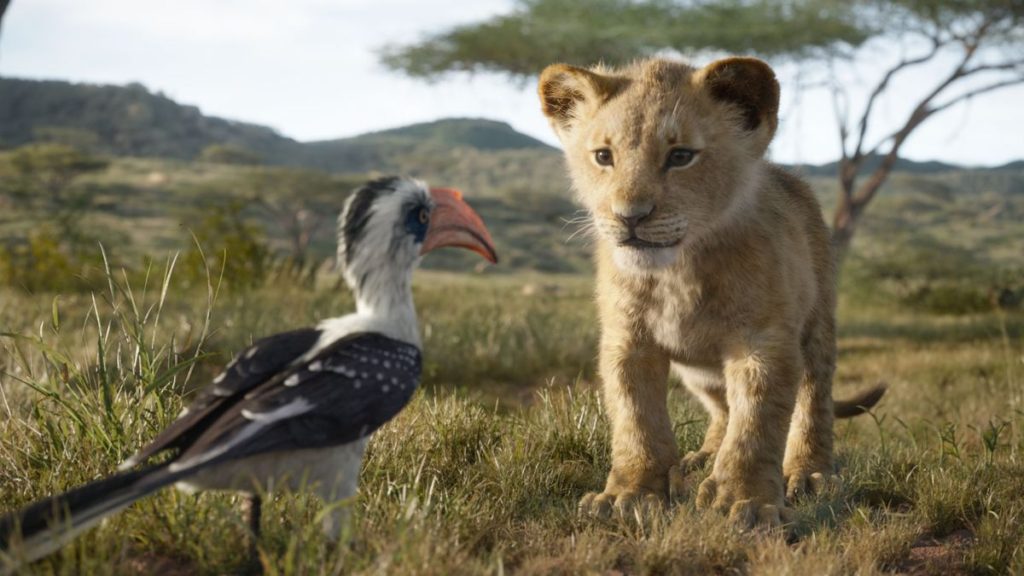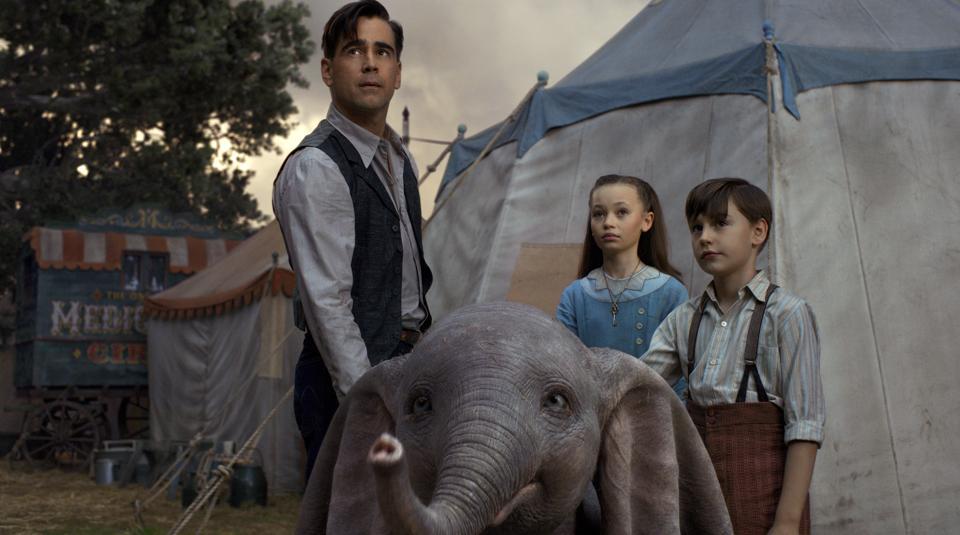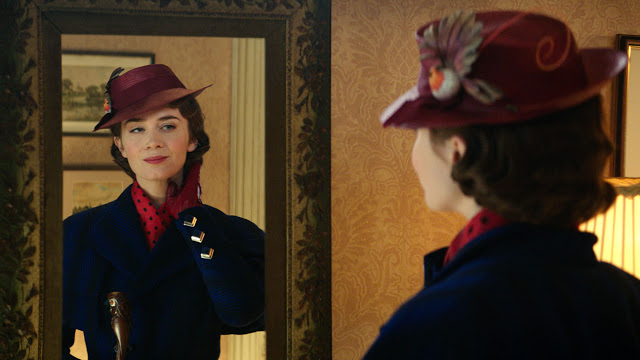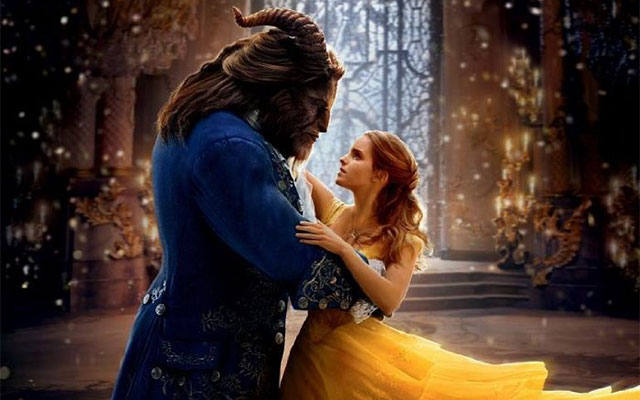The Lion King: I Just Can’t Wait to Be Pointlessly Remade

In the new Lion King, the circle of life soothes us all, but especially the Walt Disney Company’s shareholders. Made a quarter-century after the original enchanted audiences with its blend of Shakespeare, music, and fart jokes, this remake takes pains to follow the unwinding path that Carmen Twillie sang about all those years ago. Yet rather than traversing a harmonious circle, this Lion King progresses in a straight line, one pointed squarely back toward the past. In our present era of Disney dominance, everything new is old again.
Directed by Jon Favreau, and taking place in the increasingly populous cinematic netherworld that lies between animation and live action, this new Lion King aspires to remind nostalgic viewers of its predecessor as bluntly and repeatedly as possible. But it is notably different in one respect: It’s longer. Favreau’s version clocks in at 118 minutes, a full half hour greater than the hand-drawn classic. You might think that Favreau and his screenwriter, Jeff Nathanson (whose odd career includes three Spielberg movies, plus a bunch of inferior sequels), would use this additional time to meaningfully expand the film’s universe, perhaps by dynamizing its action or supplementing its story. But while there are a couple of new songs—and while the shot-for-shot concerns that sprang up last year prove unfounded—none of the added material carries any spark of originality. Favreau hasn’t made a movie so much as a museum artifact—a weird, faded echo of a time gone by. Read More




